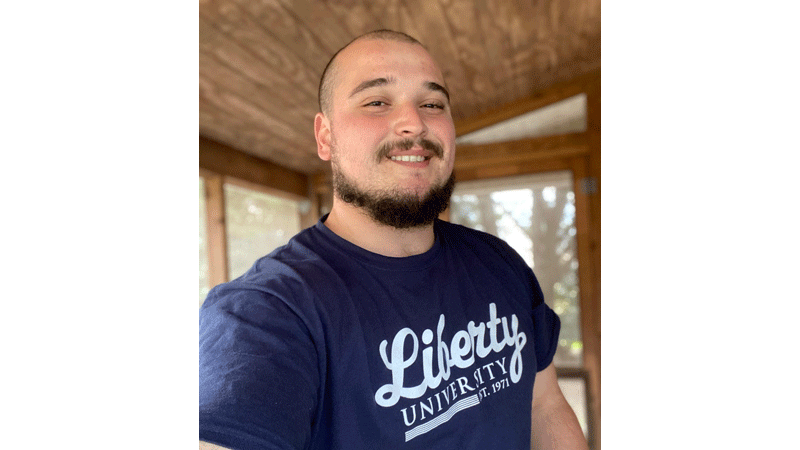Gubernatorial candidates shaping up
Published 9:36 am Wednesday, March 30, 2011
by Larry Sabato
After a record-setting number of 37 governorships on the 2010 ballot, it is something of a letdown to see a mere 15 statehouses up for grabs in the off-year election of 2011 (just 4) and the 2012 general election (11 more).
Statehouse contests are intrinsically interesting, and voters take them seriously. People know they can survive almost any talkfest in the 100-member U.S. Senate, but their one-and-only state chief executive makes a great deal of daily difference to their lives.
Fortunately, about half the roster of gubernatorial match-ups promise to be competitive and well worth a look. There are nine Democratic seats up to five Republican seats. Three incumbents are term-limited (Mitch Daniels, R-IN, Haley Barbour, R-MS, and Brian Schweitzer, D-MT), and at least one more governor is expected to retire, Chris Gregoire (D-WA).
At least at the starting gate, two Democratic incumbents are considered highly vulnerable, Govs. Beverly Perdue of North Carolina and Earl Ray Tomblin of West Virginia. By the way, West Virginia has two elections—a special one-year-term election in October due to the resignation of Gov. Joe Manchin to take a Senate seat, then the regular four-year-term election in November 2012.
It is too soon to say precisely, but the Crystal Ball’s early line suggests the Republicans may pad their current 29-to-20 statehouse edge over the Democrats by one to three. (Independent Gov. Lincoln Chafee holds the Rhode Island governorship.)
Here is how we see some of the gubernatorial contests in the opening months of the election cycle. Just as we stressed for the upcoming Senate races, we expect our ratings to change as candidates drop in and out, and as issues and scandals develop or fade. This first take is descriptive, not predictive.
n North Carolina: The highly competitive Tar Heel State hasn’t had a GOP governor since Jim Martin left in early 1993. The latest beneficiary of the Democratic statehouse trend was Lt. Gov. Beverly Perdue in 2008, yet she has had a troubled first term so far and the polls have shown her well below 50 percent in job approval.
Republicans took both houses of the state legislature in 2010 and the GOP is determined to end the Democratic string of gubernatorial victories at five in 2012. Republicans may run their 2008 candidate, former Charlotte Mayor Pat McCrory, who held Perdue to a 3 percent margin of victory. Can Perdue capitalize on a GOP legislature, arguing she’s needed to check them? It may be her best chance of reelection.
And with the Democratic party’s choice of Charlotte for its 2012 national convention, Perdue certainly hopes Obama can duplicate his 2008 North Carolina win, possibly pushing minority voter turnout high and creating coattails for her.
n Delaware: Gov. Markell starts the cycle in very strong shape. With each passing cycle, Delaware seems to turn more Blue. Republicans have a weak bench in the post-Mike Castle era.
n Kentucky: One of four 2011 contests in this table, Kentucky has turned deeply Red, so any Democrat has to struggle here. Gov. Steve Beshear (D) gets mixed reviews for his first term, and is only a nominal frontrunner over State Senate President David Williams (R). Beshear has been stockpiling campaign money in anticipation.
n Louisiana: Gov. Bobby Jindal is a heavy favorite to win a second term in November. The Democrats have no obvious, prominent, willing candidate, at least not so far.
n Mississippi: Gov. Haley Barbour has made a solidly Republican state even more Republican. The operating assumption by just about everyone is that the eventual GOP nominee—so far Lt. Gov. Phil Bryant, the frontrunner, and businessman Dave Dennis have thrown their hats into the ring—will hold this seat in the age of Obama, as the president is deeply unpopular in the Magnolia State. The lackluster options for Democrats so far include attorney Bill Luckett and Hattiesburg mayor Johnny DuPree. This is one of the November gubernatorial contests.
n West Virginia: With Democratic Gov. Joe Manchin’s election and swearing-in to the U.S. Senate in 2010, State Senate President Earl Ray Tomblin (D) became acting governor. Tomblin is little known and has started his term without wide popularity.
Moreover, Tomblin was forced to acquiesce in a special election to fill the governorship for about one year. The party primaries are being held on May 14 and the general election, at a rather odd time, Oct. 4.
The West Virginia constitution and laws were, to put it mildly, confusing about the necessity for a special election, but Tomblin’s many rivals were unwilling to let him have two full years to consolidate his hold on power as an unelected executive. As our accompanying chart shows, several Democrats filed to challenge Tomblin, with Secretary of State Natalie Tennant considered the best known.
Larry J. Sabato is the director of the University of Virginia Center for Politics. He can be reached at sabato@virginia.edu.





